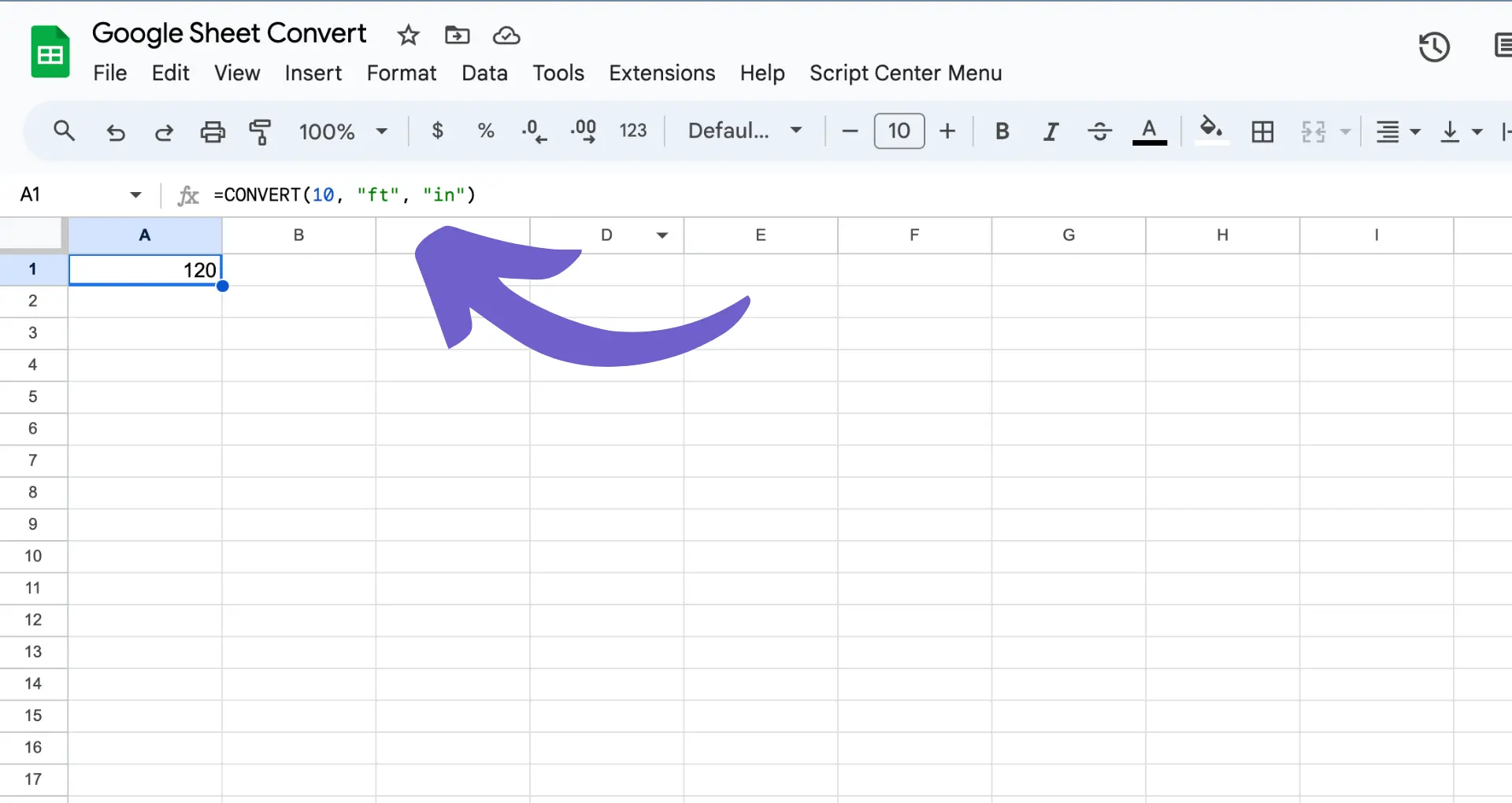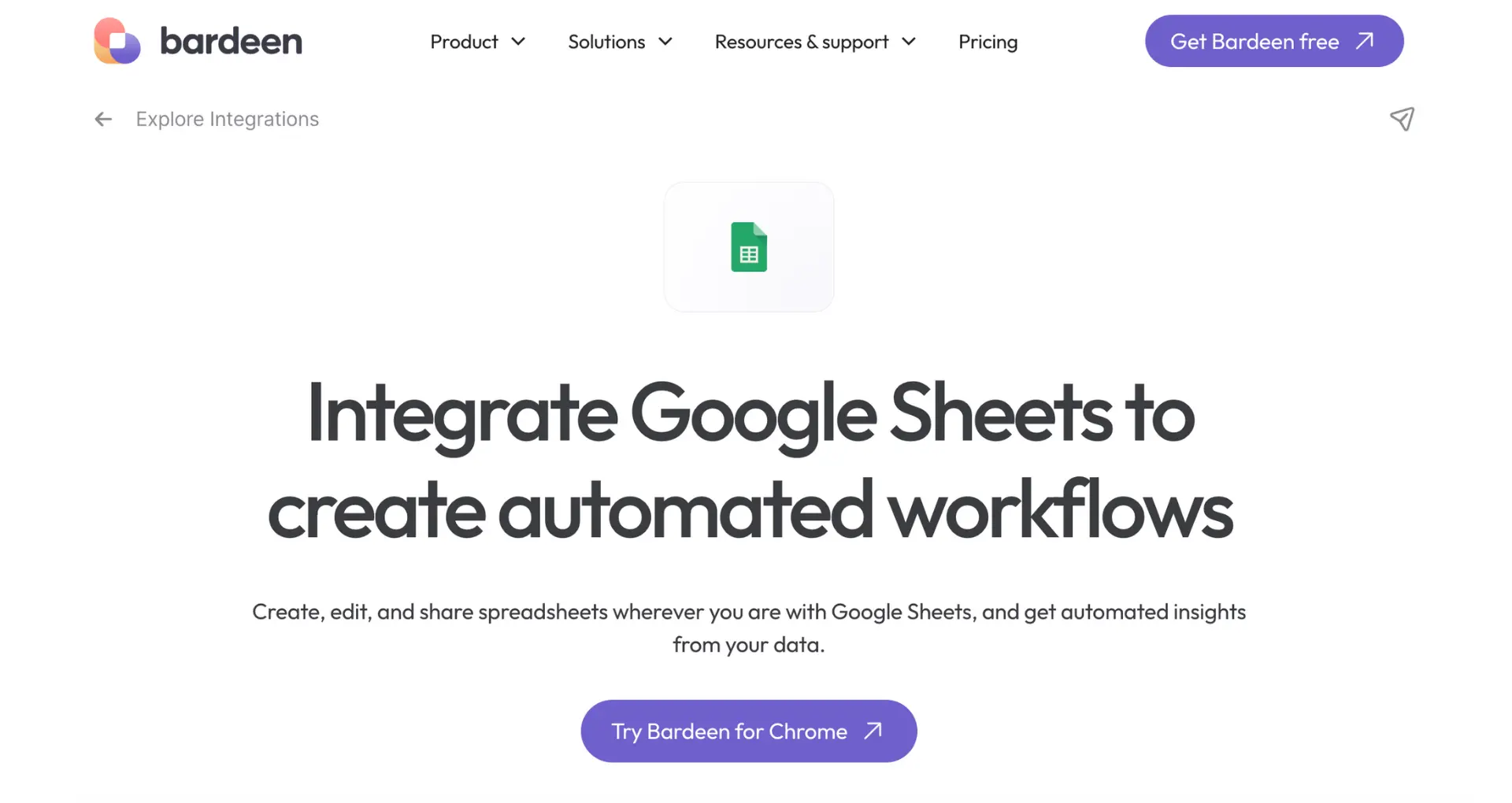Exporting contacts from Salesforce is a crucial task for businesses looking to leverage their customer data across multiple platforms. In this step-by-step guide, we'll walk you through the process of exporting your Salesforce contacts to various formats like Excel and CSV, as well as explore automated solutions and custom integrations with other CRM and email platforms. By the end of this guide, you'll have a comprehensive understanding of how to efficiently export your Salesforce contacts and troubleshoot any issues that may arise along the way.
Understanding Salesforce Contact Export Basics
Salesforce contact export is the process of extracting contact data from your Salesforce account into a format that can be used outside of the platform. This is essential for businesses that want to use their Salesforce contacts in other applications, such as email marketing tools, customer relationship management (CRM) systems, or data analysis software.
When exporting contacts from Salesforce, you can extract various types of data, including:
- Personal details (name, email, phone number, address)
- Account information (company, job title, industry)
- Custom fields (any additional data specific to your organization)
Exporting contacts allows you to:
- Back up your contact data
- Migrate contacts to another CRM or email platform
- Analyze contact data using external tools
- Share contact information with other departments or stakeholders
By understanding the basics of Salesforce contact export, you can make informed decisions about how to best leverage your contact data and ensure that it remains accessible and usable across your organization.
How to Export Contacts from Salesforce to Excel
Exporting Salesforce contacts to Excel is a straightforward process using the platform's built-in report generation feature. Follow these steps to export your contacts:
- Navigate to the "Reports" tab in Salesforce and click "New Report"
- Choose "Contacts & Accounts" as the report type and click "Create"
- Customize your report by selecting the desired fields to include in the export, such as name, email, phone number, and account information
- Apply any necessary filters to refine your contact list based on specific criteria
- Run the report to ensure it displays the expected data
- Click "Export" and choose "Excel" as the export format
- Click "Export" again to download the Excel file containing your Salesforce contacts
When customizing your report, consider which fields are essential for your specific needs. This will help keep your exported data focused and relevant. Some common fields to include are:
- First Name
- Last Name
- Email
- Phone
- Account Name
- Job Title
- Mailing Address
By carefully selecting the appropriate fields and filters, you can create a tailored Excel export that provides the exact contact data you need for your business purposes. For more complex integrations, learn how to connect Microsoft Excel with other tools.
Save time on manual tasks by using Bardeen to integrate Excel with other tools. Automate data transfers and keep your spreadsheets updated effortlessly.
Exporting Salesforce Contacts to CSV Files
Exporting Salesforce contacts to a CSV (Comma-Separated Values) file is another efficient way to extract data for use outside the platform. CSV files are widely compatible and easy to import into other systems, making them ideal for data manipulation and integration. Here's how to export your contacts to a CSV file:
- Go to the "Contacts" tab in Salesforce
- Click on the "Export" button located above the list of contacts
- Select "All Contacts" or choose a specific view or report to export
- Click "Export" and then choose "CSV" as the export format
- Click "Export" again to start the export process
- Once the export is complete, click "Download CSV" to save the file to your computer
To ensure data integrity and compatibility when exporting to CSV, keep these tips in mind:
- Verify that the CSV file contains all the necessary fields and data
- Check for any special characters or formatting issues that may cause problems when importing the CSV into another system
- Consider removing any unnecessary fields to keep the file size manageable and focused on essential data
- If needed, you can open the CSV file in a spreadsheet application like Google Sheets to use AI to make any final adjustments before using the data in another platform
By following these steps and best practices, you can successfully export your Salesforce contacts to a CSV file, ready for use in various data manipulation and integration scenarios.
Automated Export Solutions for Salesforce Contacts
For users who need to regularly update their contacts list without manual intervention, automating the export process is an efficient solution. Several third-party tools and Salesforce integrations can automate the contact export process, saving time and reducing errors. Here are some benefits of automating Salesforce contact exports:
- Time savings: Automated exports eliminate the need for manual data extraction, freeing up time for more valuable tasks.
- Error reduction: Automation minimizes the risk of human error during the export process, ensuring data accuracy and consistency.
- Up-to-date contact lists: Scheduled exports keep your contact data current, enabling more effective outreach and communication.
One popular tool for automating Salesforce contact exports is Coupler.io. This platform allows you to set up automated data transfers from Salesforce to various destinations, such as Google Sheets, Excel, or BigQuery. With Coupler.io, you can:
- Connect your Salesforce account and select the Contact data entity for export.
- Customize the import by filtering contacts based on specific criteria, such as modification date or location.
- Schedule automatic data refreshes at your desired frequency (e.g., daily, weekly, or hourly).
- Enjoy always up-to-date contact data in your destination file or database.
By leveraging automated export solutions like Coupler.io, you can automate sales prospecting, ensuring that your team always has access to the most current and accurate contact information.
Save time and enhance productivity by using automated sales prospecting tools with Bardeen. These tools streamline and automate repetitive tasks, allowing your team to focus on more important work.
Custom Solutions: Exporting Salesforce Contacts to CRM and Email Platforms
Exporting Salesforce contacts directly to other CRM systems or email platforms can streamline your workflow and ensure data consistency across multiple tools. By integrating Salesforce with platforms like HubSpot or Outlook, you can:
- Synchronize contact data between systems, reducing manual data entry and potential errors.
- Leverage the strengths of each platform, such as HubSpot's marketing automation or Outlook's email management capabilities.
- Gain a more comprehensive view of your contacts by combining data from multiple sources.
To export Salesforce contacts to HubSpot, you can use the HubSpot-Salesforce integration. This native integration allows you to map Salesforce fields to HubSpot properties, ensuring a smooth data transfer. Once set up, any changes made to contacts in Salesforce will automatically sync to HubSpot, keeping your contact data up-to-date across both platforms.
Exporting Salesforce contacts to Outlook can be achieved using the Salesforce for Outlook add-in. This tool enables you to sync contacts, events, and tasks between the two platforms. By exporting your Salesforce contacts to Outlook, you can:
- Access contact information directly within your email client, making it easier to communicate with leads and customers.
- Schedule meetings and tasks related to specific contacts, with updates syncing back to Salesforce.
- Maintain a single, centralized address book that combines Salesforce and Outlook contacts.
Integrating Salesforce with other CRM and email platforms can help streamline your sales and marketing efforts, providing a more efficient and effective way to manage and engage with your contacts. For more tips on automating sales prospecting, explore our resources.
Troubleshooting Common Issues in Salesforce Contact Exports
When exporting contacts from Salesforce, users may encounter various issues that can hinder the process. Some common problems include:
- Data loss or missing fields during the export process
- Incorrect file formats or compatibility issues with other systems
- Permission errors that prevent users from exporting contacts
To troubleshoot data loss or missing fields, ensure that you have selected all the necessary fields in your export settings. Double-check your field mappings and verify that the data exists in Salesforce before initiating the export.
If you encounter file format or compatibility issues, make sure to choose the appropriate file type for your needs (e.g., CSV, Excel, or other supported formats). When exporting to CSV, use a comma as the delimiter and double-check that your file adheres to the CSV format standards.
Permission errors often occur when users lack the necessary access rights to export contacts. To resolve this, work with your Salesforce administrator to ensure you have the appropriate permissions. This may involve modifying your user profile or permission sets.
Best practices for ensuring a smooth export process include:
- Regularly reviewing and updating your export settings to reflect any changes in your Salesforce org
- Testing exports with smaller subsets of data before exporting large contact lists
- Collaborating with your IT team or Salesforce administrator to establish proper permissions and resolve any technical issues
Use automate data collection with Bardeen to save time and avoid manual errors in Salesforce exports.
By understanding common issues and following best practices, you can minimize the risk of problems during the Salesforce contact export process and ensure that your data is accurately transferred to other systems.






